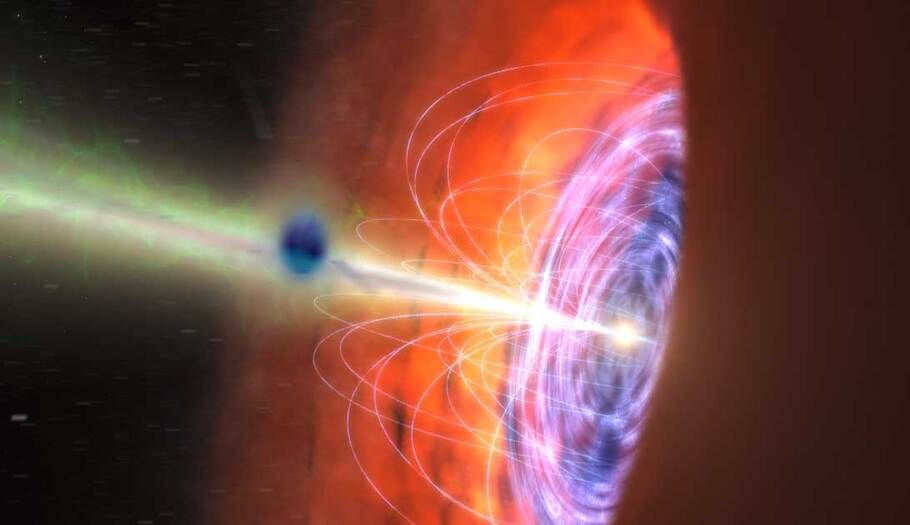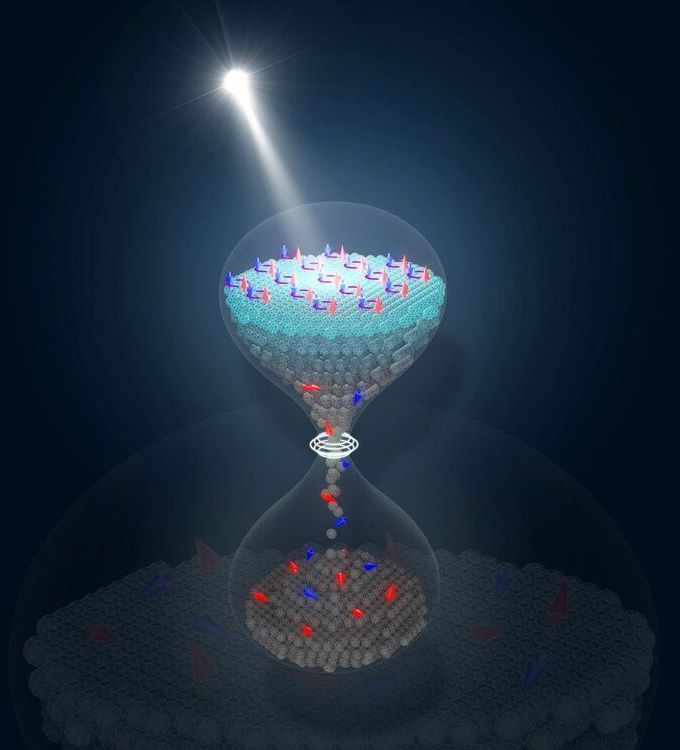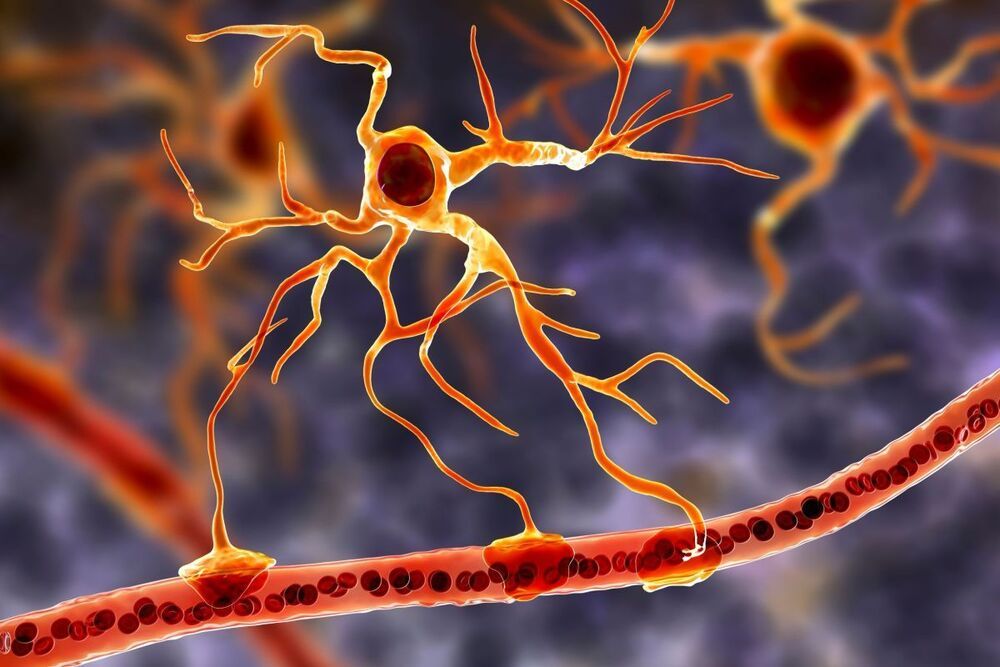The Treaty on the Prohibition of Nuclear Weapons represents a refusal to live forever under this nuclear shadow. It reflects a belief that the status quo represents a grave inequity, in which nuclear costs are imposed upon all, while the benefits of nuclear arms accrue to the few states privileged to possess them.
O,.o.
As the opioid epidemic raged on with an even greater force during COVID-19, the Scripps Research laboratory of chemist Kim Janda, Ph.D., has been working on new therapeutic interventions that may be able to prevent the bulk of deaths from opioid overdose.
It has travelled about 465 million kilometers, reaching more than 184 million kilometers from earth and 1.1 million kilometers from Mars as of 8 pm Friday.
Renewable energy is now the cheapest energy on the planet. Countries all over the globe are rapidly converting from destructive and limited fossil fuels to wind turbines, solar power and even more creative options, including the UK which is now powered more by renewables than other sources.
Despite being one of the best sources of renewable energy, wind turbines have received significant pushback from opposition that claims they kill native bird populations. It is a valid criticism – research has shown collisions with turbine blades do kill birds, albeit at a fraction of the rate fossil-fueled power plants do.
In an attempt to minimize the ecological impact of wind turbines, a new smart camera system developed by IdentiFlight detects the presence of birds, identifies if they are endangered, and shuts down the spinning blades before impact. According to a study published in the Journal of Applied Ecology, deploying a curtailment system near a wind turbine site led to a decrease in Eagle fatalities of 82 percent, suggesting the camera systems could have a drastic effect on saving protected bird species.
Superconductivity—the ability of a material to transmit an electric current without loss—is a quantum effect that, despite years of research, is still limited to very low temperatures. Now a team of scientists at the MPSD has succeeded in creating a metastable state with vanishing electrical resistance in a molecular solid by exposing it to finely tuned pulses of intense laser light. This effect had already been demonstrated in 2016 for only a very short time, but in a new study the authors of the paper have shown a far longer lifetime, nearly 10.000 times longer than before. The long lifetimes for light-induced superconductivity hold promise for applications in integrated electronics. The research by Budden et al. has been published in Nature Physics.
Summary: A new AI system is not only able to analyze potential new variants of COVID-19, it can also vaccine design cycles within minutes, researchers report.
Source: USC
People with depression have a distinguishing feature in their brains, according to a new study.
An intelligent material that learns by physically changing itself, similar to how the human brain works, could be the foundation of a completely new generation of computers. Radboud physicists working toward this so-called “quantum brain” have made an important step. They have demonstrated that they can pattern and interconnect a network of single atoms, and mimic the autonomous behavior of neurons and synapses in a brain. They report their discovery in Nature Nanotechnology.
Considering the growing global demand for computing capacity, more and more data centers are necessary, all of which leave an ever-expanding energy footprint. “It is clear that we have to find new strategies to store and process information in an energy efficient way,” says project leader Alexander Khajetoorians, Professor of Scanning Probe Microscopy at Radboud University.
“This requires not only improvements to technology, but also fundamental research in game changing approaches. Our new idea of building a ‘quantum brain’ based on the quantum properties of materials could be the basis for a future solution for applications in artificial intelligence.”
It can keep blood pumping for years while patients with heart failure wait for donor organs.
The European Commission has approved the sale of Carmat’s total artificial heart, which is designed for patients with end-stage heart failure.









